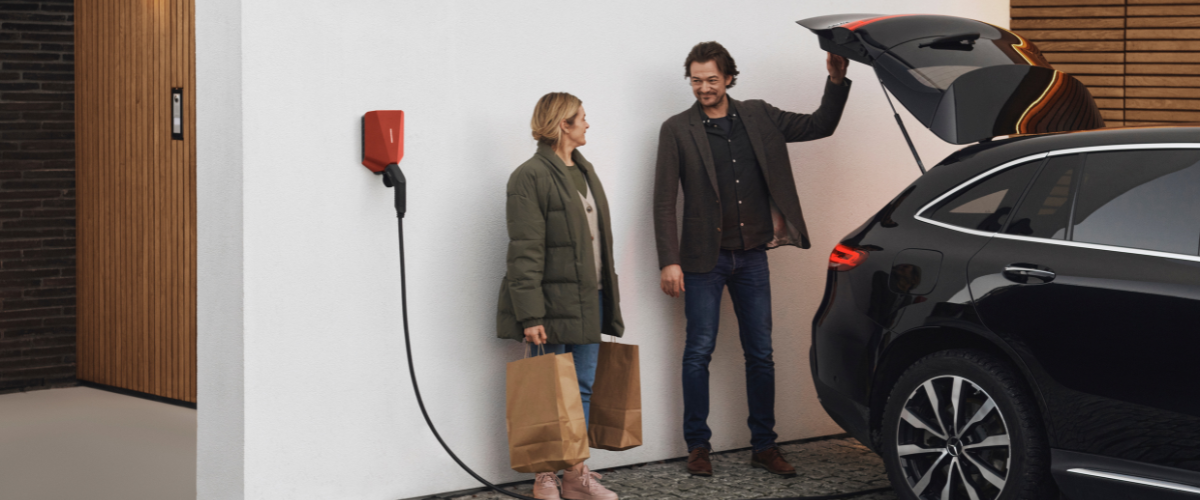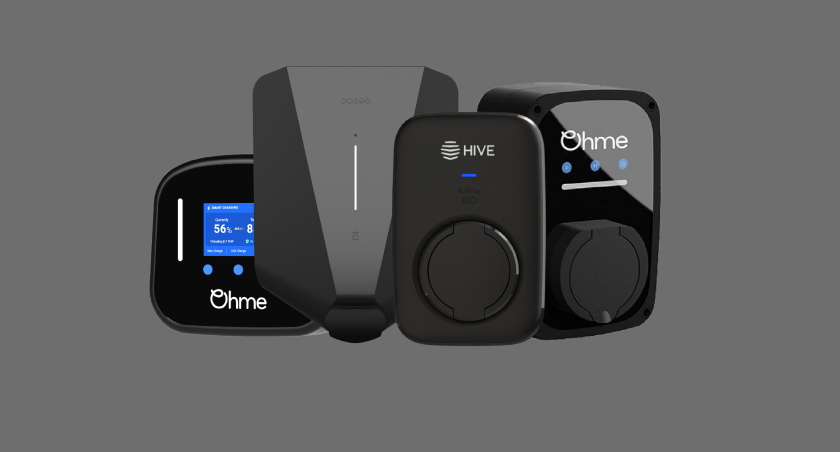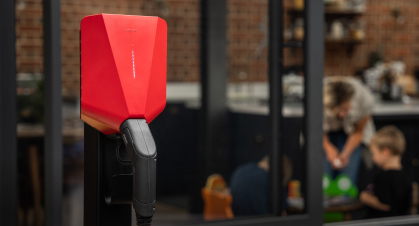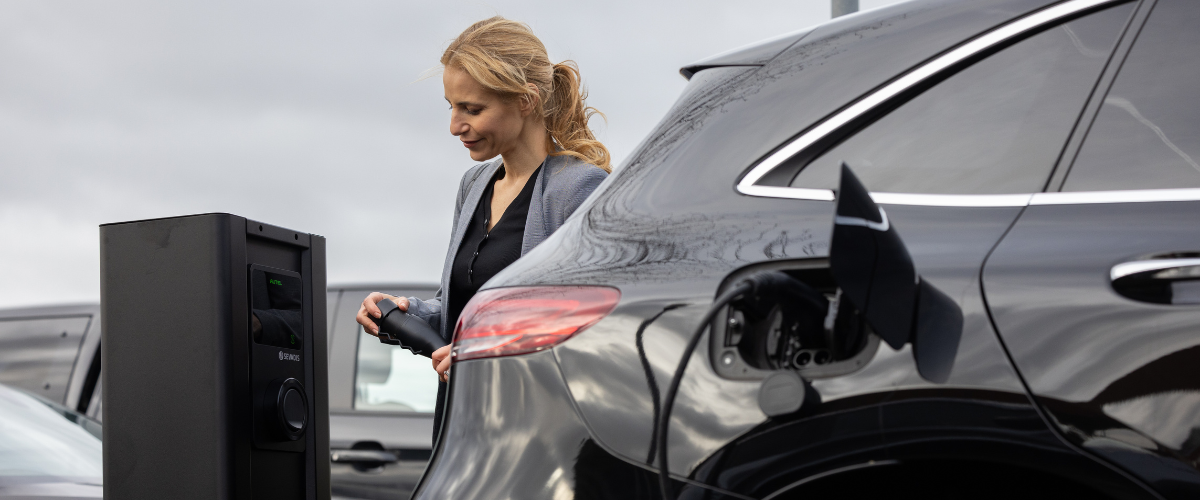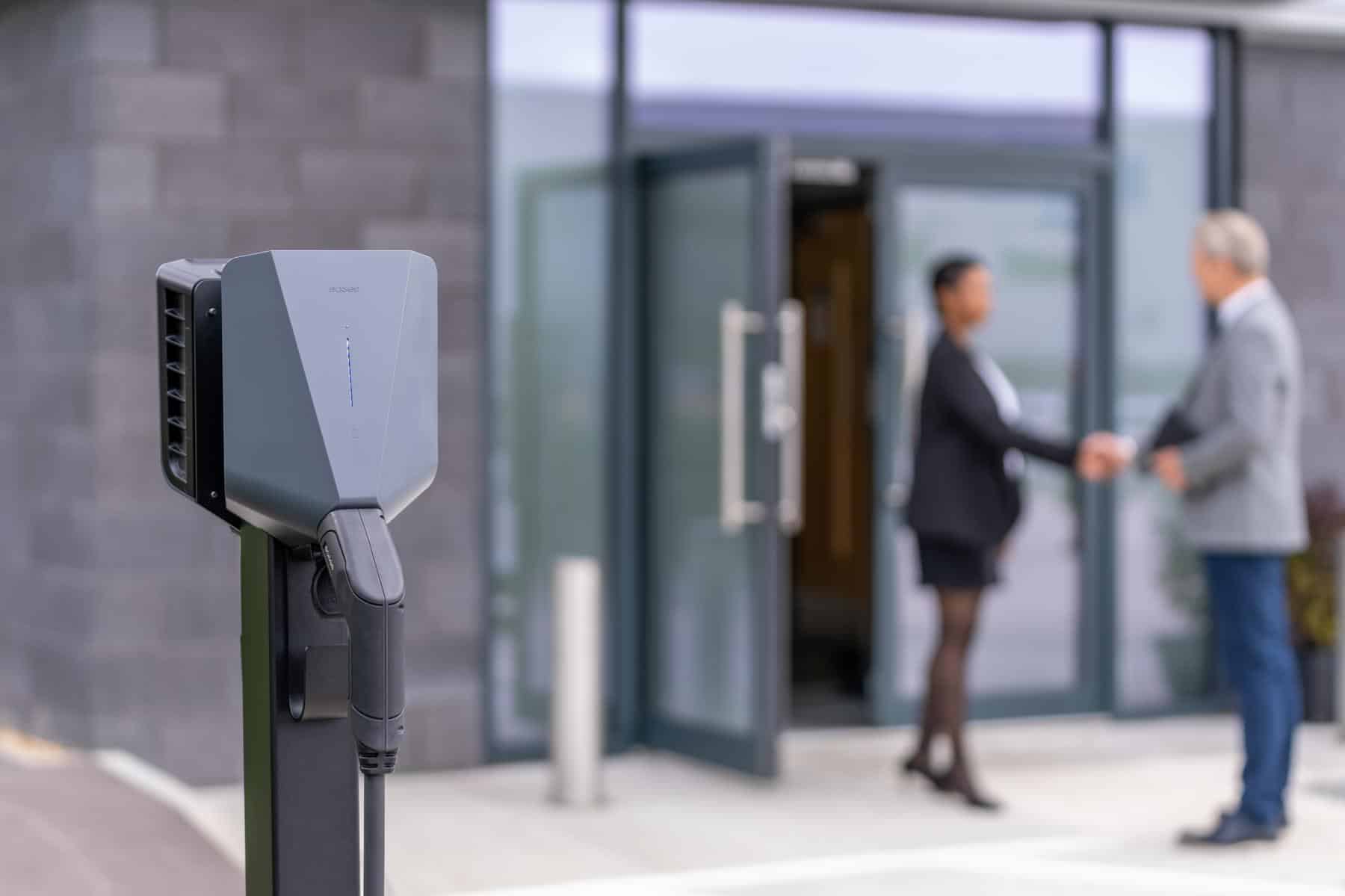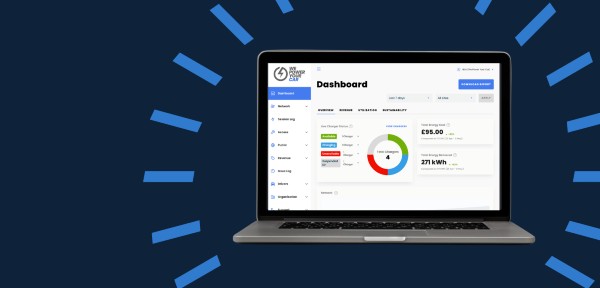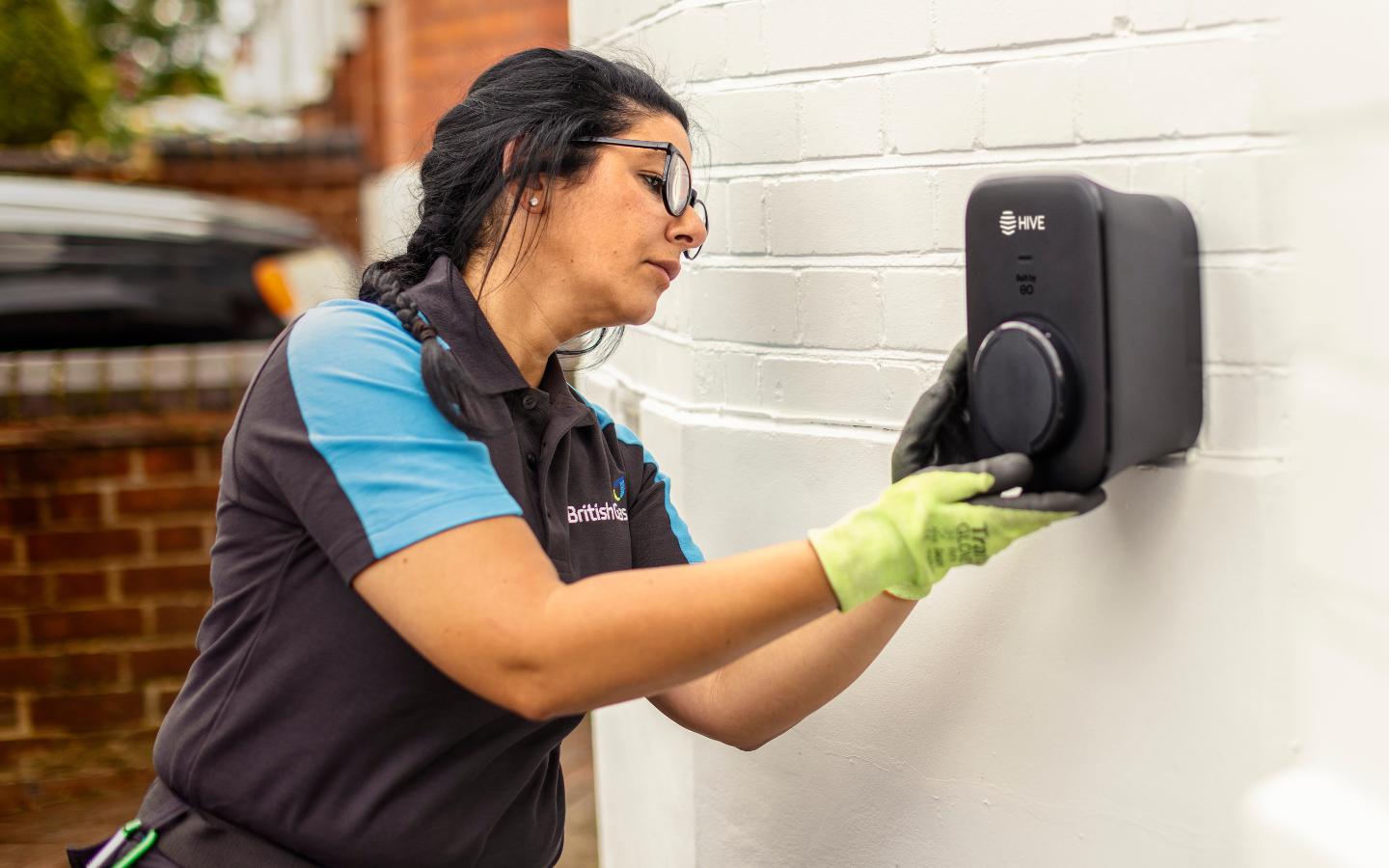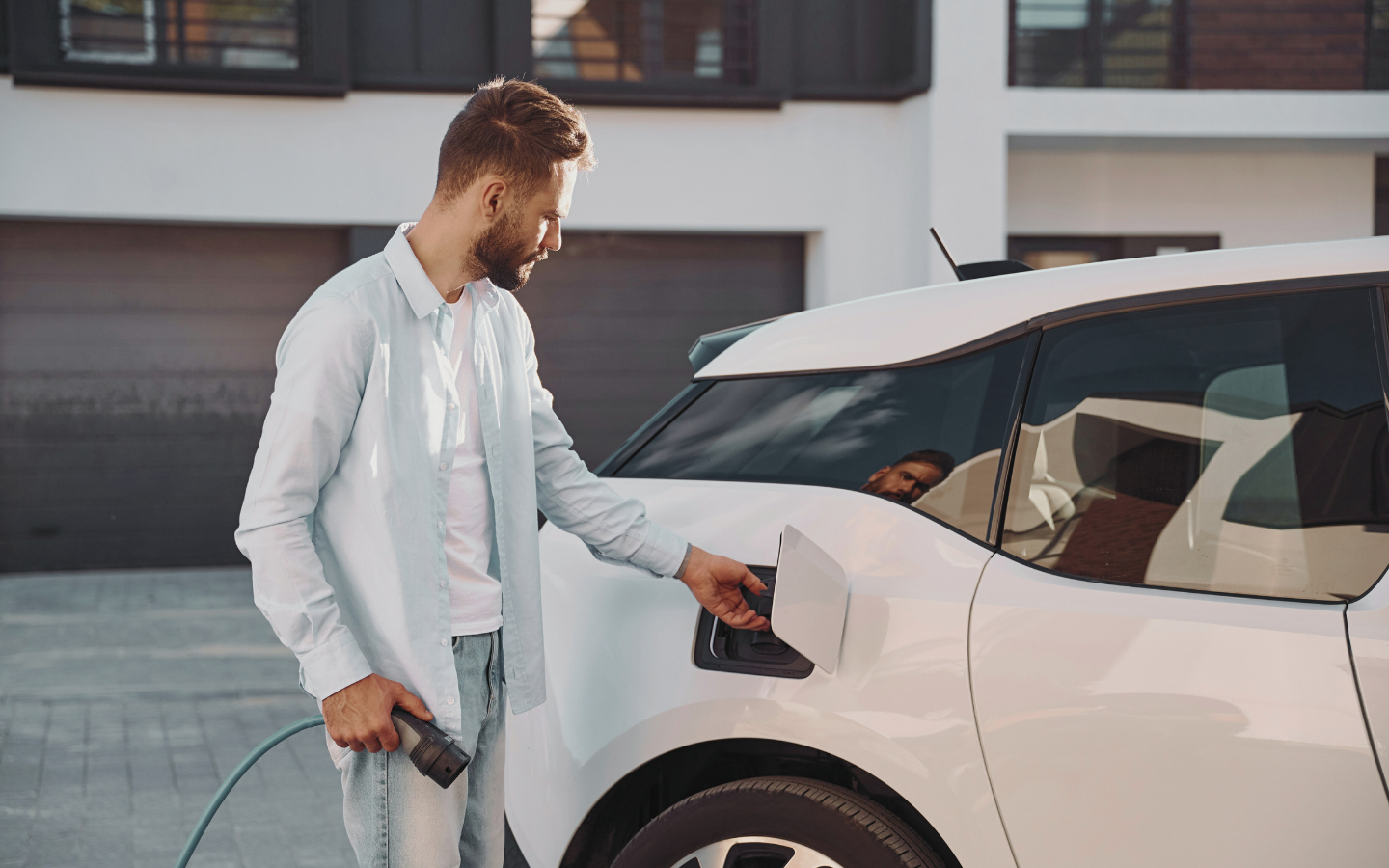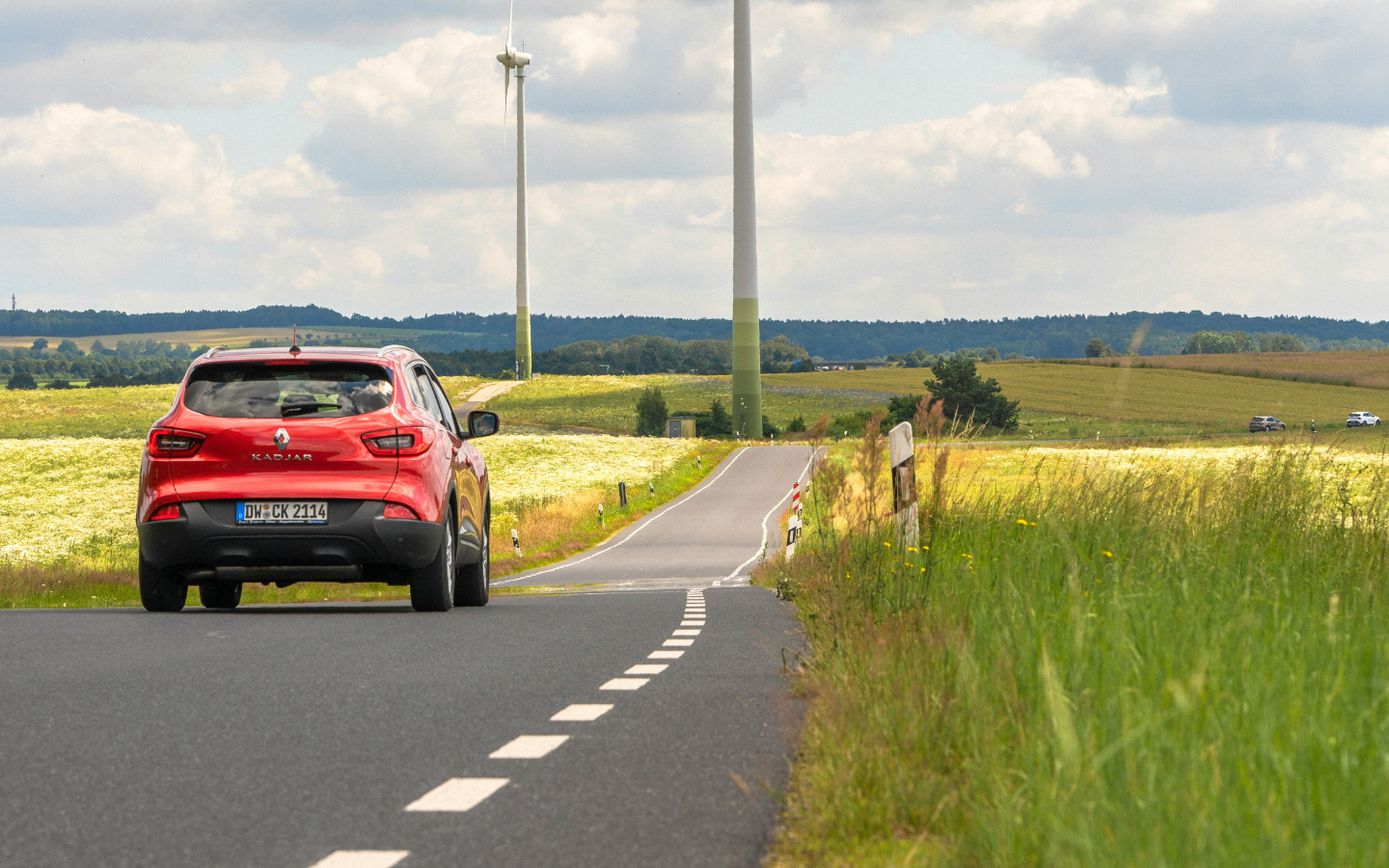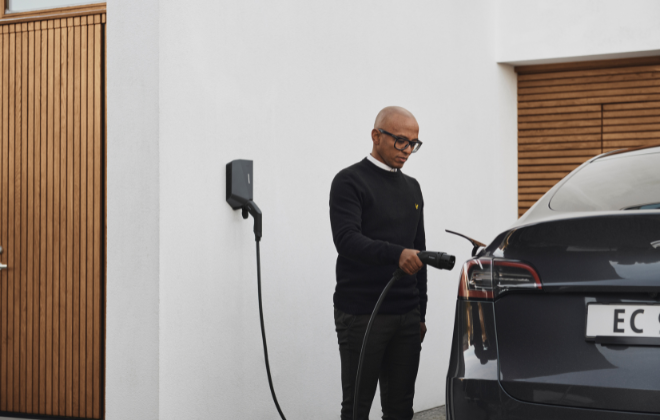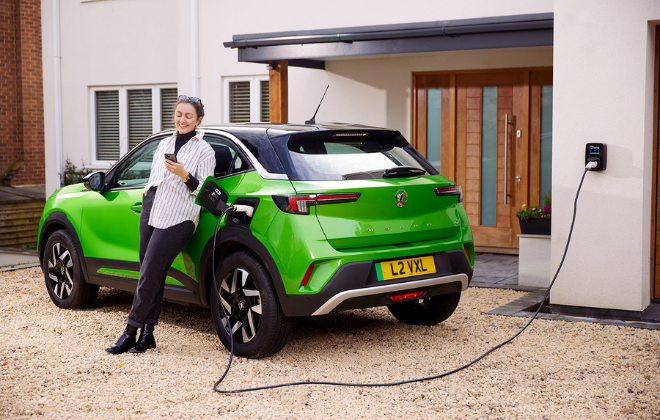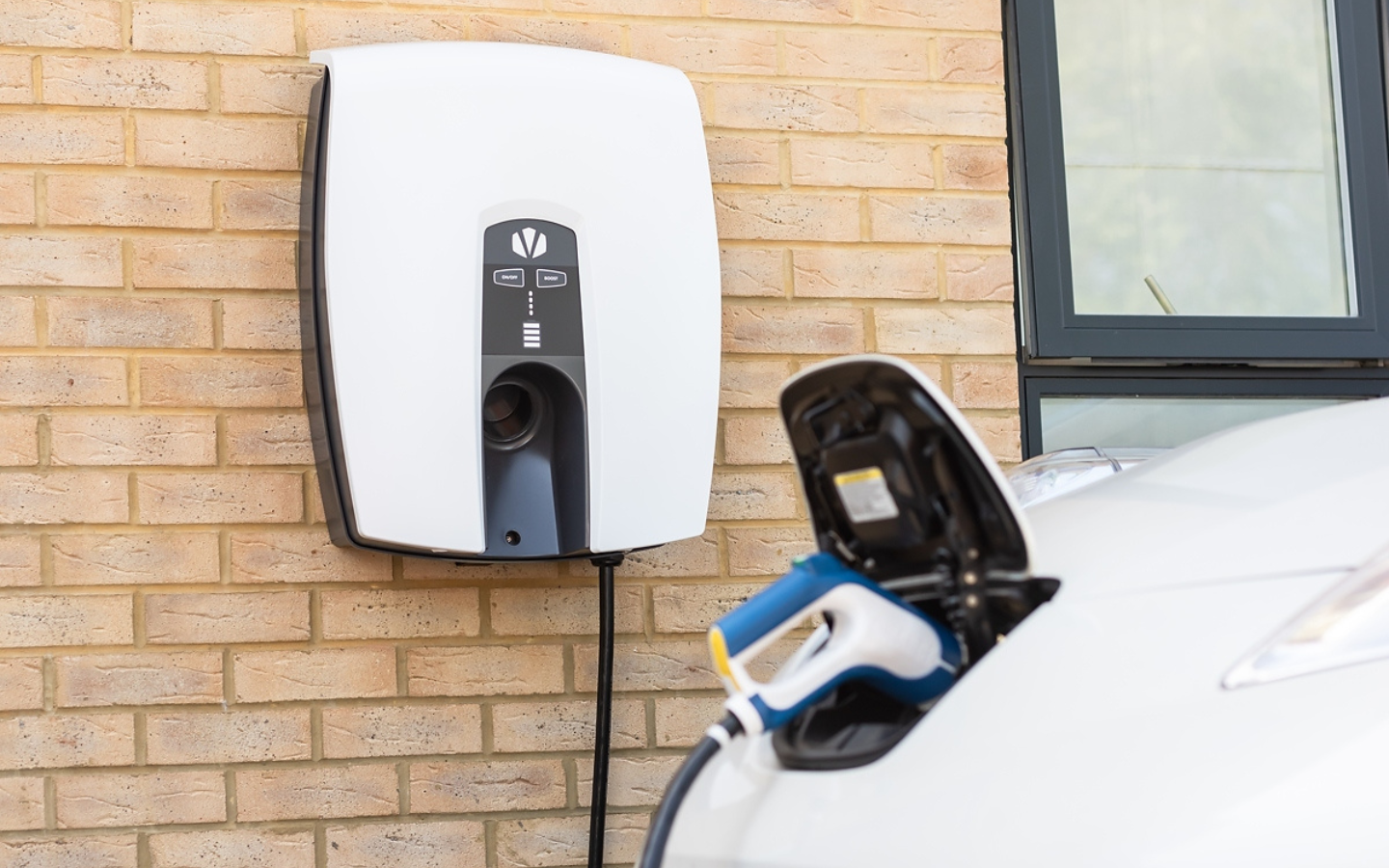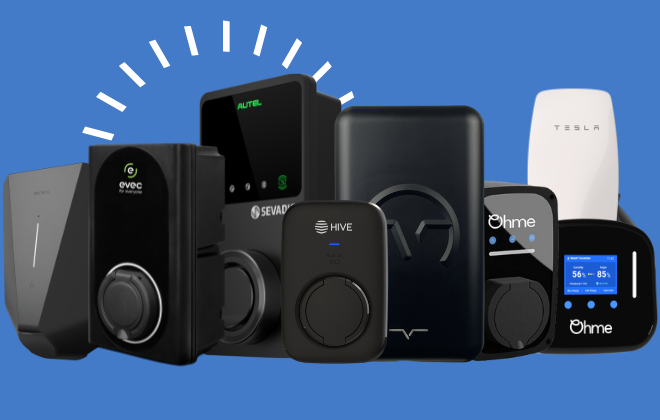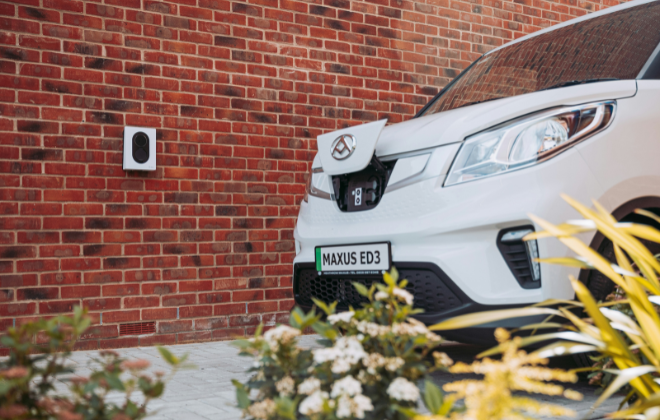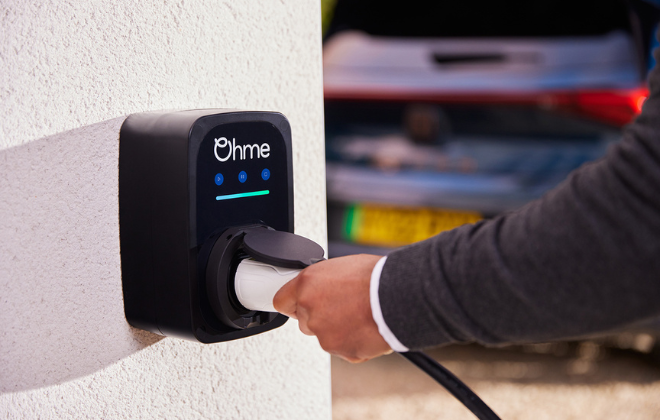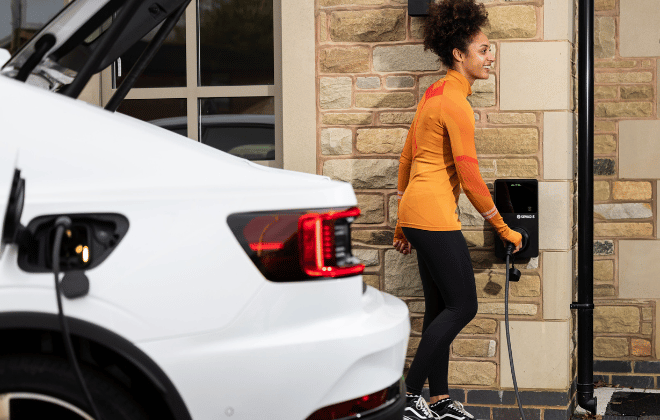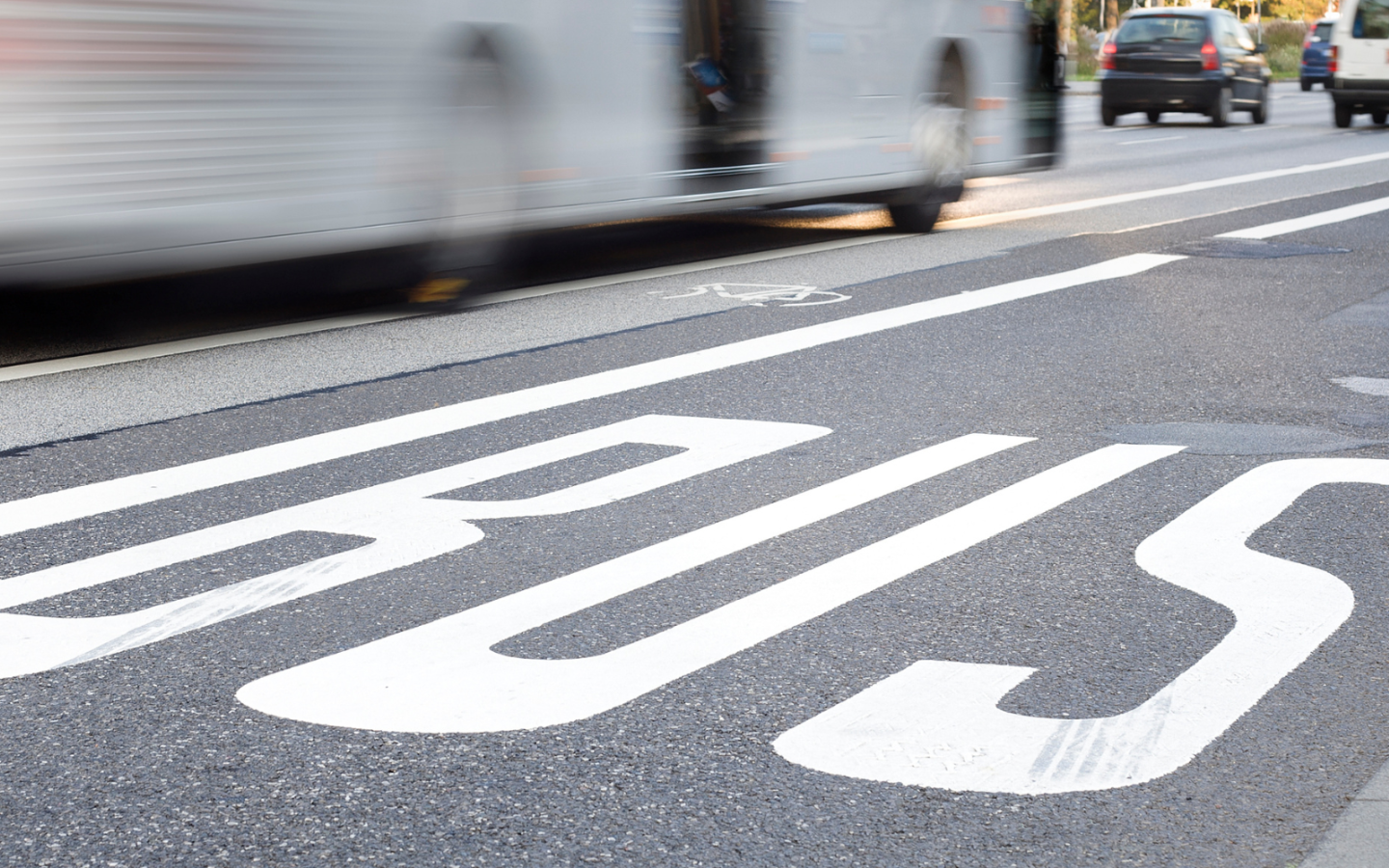

Can electric cars use bus lanes?
Electric cars bring an abundance of perks – no congestion charge, lower running costs and free parking in certain areas, to name a few. And with other countries in Europe allowing electric cars to travel in bus lanes, it begs the question – can electric cars go in bus lanes in the UK?
However, the answer is not so simple.
While yes electric cars have previously been allowed to use bus lanes in specific trials across the UK –it is not common by any means. In fact, it is far from the norm for electric cars to use bus lanes.
Keep reading to learn everything you need to know.
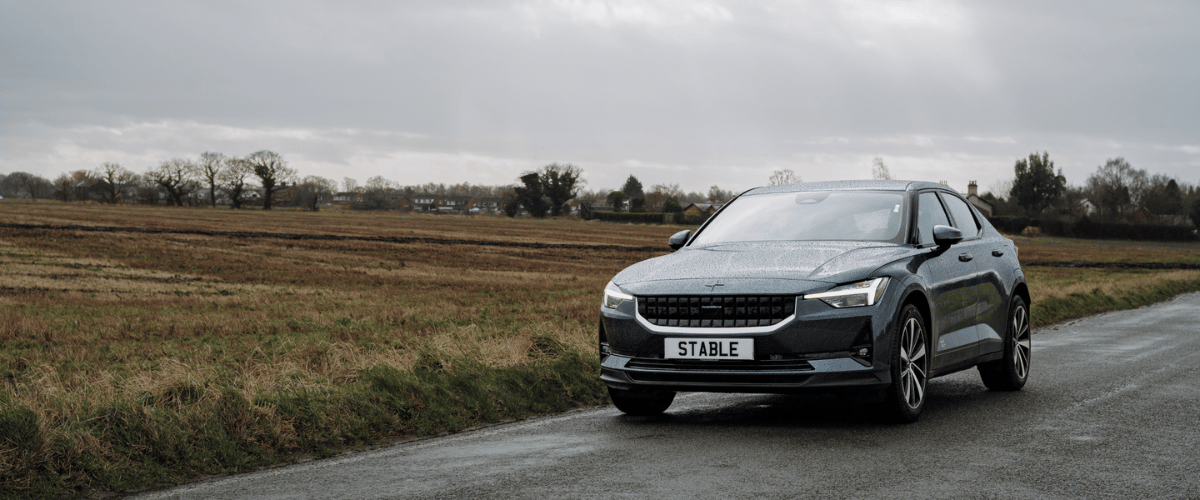
Can electric cars drive in bus lanes?
In short, it depends on the location and if any local trials are occurring as to whether electric cars can drive in bus lanes. In the past, local councils have trialled electric cars using bus lanes in some regions of the UK in order to encourage EV adoption in the hopes of reducing high carbon emissions.
This isn’t the only way councils are tackling air pollution. With the introduction of Clean Air Zones and Ultra Low Emission Zones, many areas in the UK are finding other ways to decrease high levels of air pollution in cities.
However, nowadays, there are few trials running whereby electric cars can drive in bus lanes, with most having ended in the past.
That being said, here’s a rundown of previous experiments.
1. Nottingham
First of its kind in the UK, Nottingham led the charge in allowing electric vehicles to use bus lanes in 2018.
In an effort to reduce their high carbon emissions and to ease congestion from the high level of commuter traffic, the Nottingham council permitted Ultra-Low Emission Vehicles (or ULEVs) to use the bus lane along Daleside Road, Sneinton.
“Ultra Low Emission Vehicle (ULEV)” refers to any vehicle that uses low carbon technologies and emits less than 75g of CO2/km from the exhaust pipe. Broadly speaking, ULEVs include all battery or ‘fully’ electric vehicles, which unfortunately excludes hybrid electric cars from bus lane use.
After the first short-term trial, Nottingham opened another shared bus lane with electric vehicles on Thane Road in 2021. However, the various trials have come with backlash from cyclists, who claim that letting EVs use bus lanes infringes on their safety, as more vehicles in bus lanes pose a more significant threat. Ultimately, the electric car bus lane trials were not expanded further.
2. Cambridgeshire
Another trial commenced in December 2020, running into 2021, whereby Cambridgeshire County Council opened up the bus lane in Elizabeth’s way for fully electric vehicles under an Experimental Traffic Regulation Order (ETRO).
Similarly to the reasoning behind the Nottingham Council, it’s hoped that it would encourage petrol/diesel drivers to convert to battery electric vehicles by offering an additional incentive to the many perks already.

Conclusion:
Although a small handful of locations in the United Kingdom have trialled electric cars using bus lanes in the past, this is not yet a widespread or typical practice. So when it comes to electric cars and bus lanes, the answer is no – electric cars can’t generally use bus lanes. But you can always check your local council to see if trials are taking place in your area.
If you’re an EV driver, it’s best to avoid driving in bus lanes as it’s unlikely you are permitted to be there. And while counties could open up further trials, with the increase in EV adoption and the ban of petrol and diesel cars by 2035, it’s unlikely that bus lanes will be opened up for electric vehicles across the UK.
related articles_
Stay up to date on the latest from We Power Your Car_
I consent to receive newsletters from We Power Your Car. Please see our Privacy Policy
